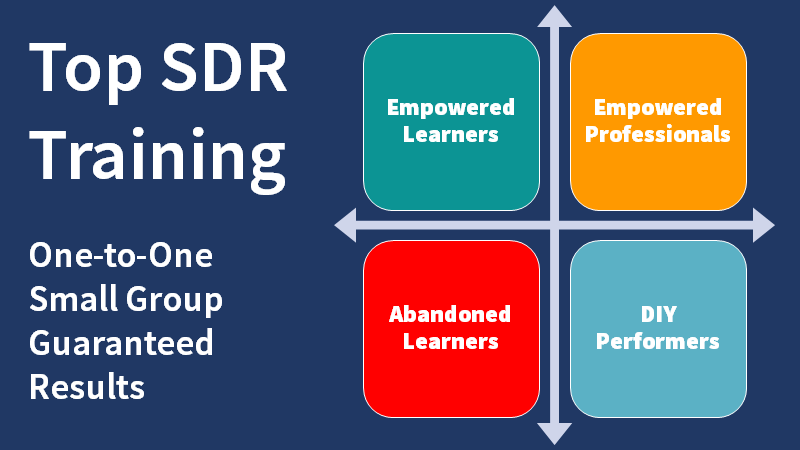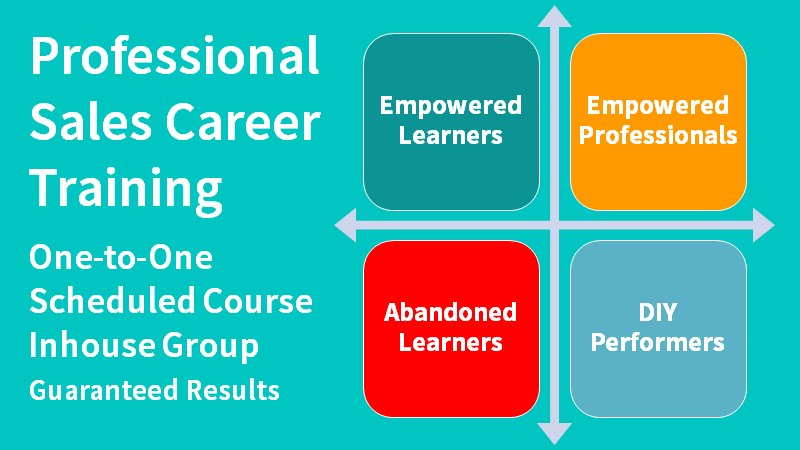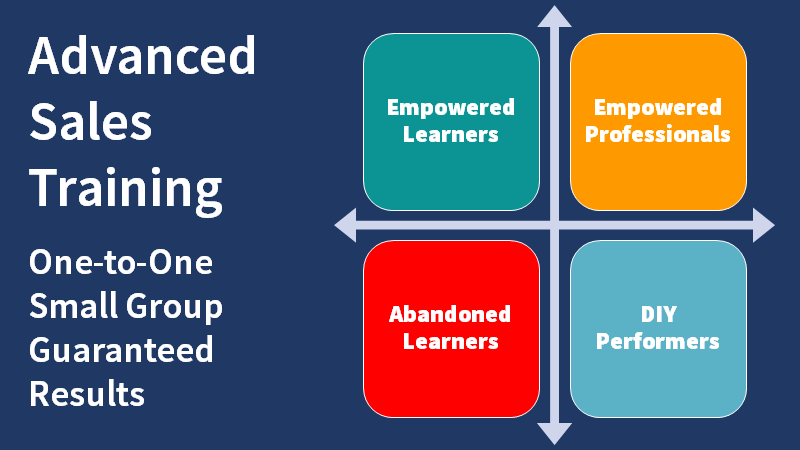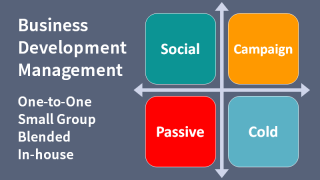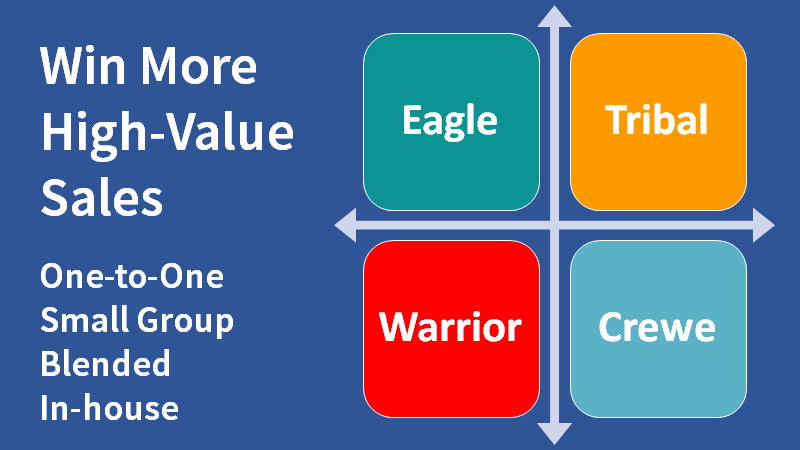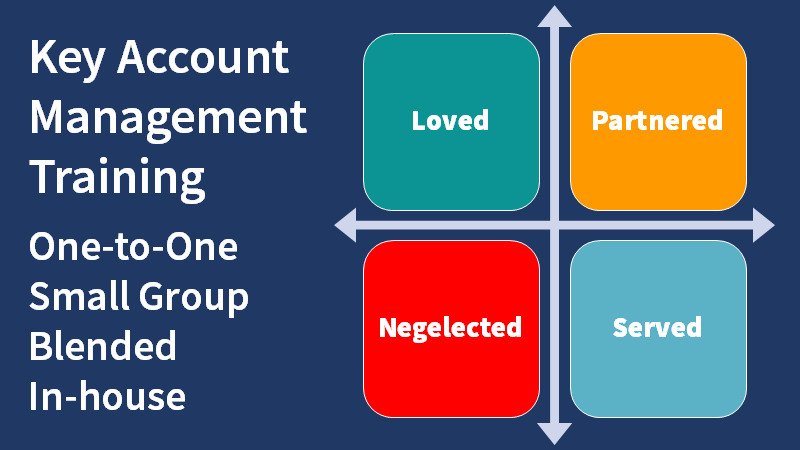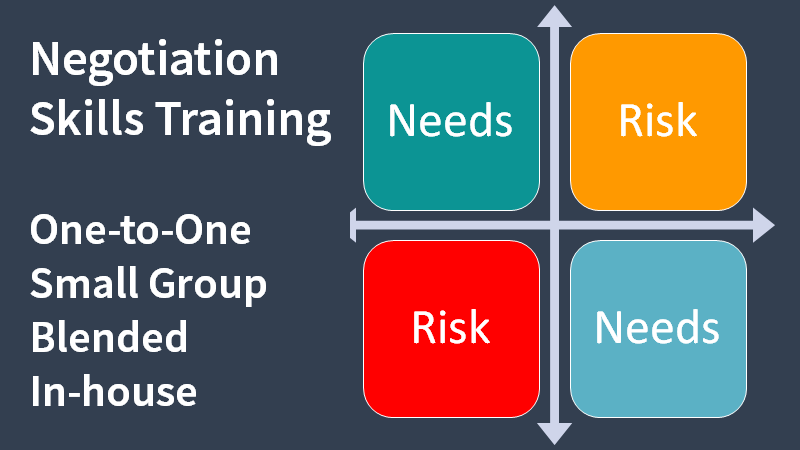Sales recruitment and selection techniques for hiring salespeople.

Spending more time in the hiring process will pay dividends. Hiring salespeople may be the most important aspect of a manager's job.
Few managers add up the horrific cost of hiring mistakes. If it takes an optimistic three months to discover a mistake, it will take about six months to get back to where you were with another hopeful at the starting gate.
Apart from the salary, car, and any training costs, the bill has to include your missed opportunity cost. That is the profit from what would have been sold during the six months if you had made a sound choice.
Those who have added up the cost conclude that it equates to about two years' salary and overheads.
Do you believe in love at first sight?
Most people recognise that the choice of a life partner has little to do with clear thinking yet these same people argue for their ability to intuitively select the right salesperson to hire. Interviewers make up their minds about an interviewee within fifteen seconds of candidates coming into view.
Are first impressions reliable? They are probably slightly better than throwing a dice, but not much.
Once upon a time, being right about first impressions was a matter of life and death. Your distant begetters had only a few choices when they met other life - make friends, attack, run, or ignore. A few dozen millennia ago mistakes of the ‘well met’ kind were likely to have been fatal. Instincts developed for survival in primitive times do not necessarily serve us in the interview room.
Hiring salespeople should be based on a rational, thought-out, and tested process. Preparation and forethought are the essential defence against our own first impressions.
The starting point is to go through a CV examining and dissecting every important statement to separate fact from fiction and opinion. Use coloured highlighters to recognise verifiable facts. Mark anything you suspect of being fiction. I write WDTM in bold red with a circle enclosing the uncertain words. WDTM stands for ‘What does this mean’ and reminds me to explore the meaning in the interview, if the candidate gets that far.
A classic mistake of interviewers is to select ‘in’ rather than select ‘out’. Because we want to find a suitable candidate, we think, “How could this person fit in?” which leads us to try to fit them in or stretch our perception of them in order to get a match. Instead, it is much more effective to have a clearly defined description of acceptable candidates, and then look for reasons to exclude those who do not fit.
For interviewing purposes, the interviewer should look for glasses that are half-empty and throw them out, rather than seeking half-full glasses and fitting them in. As every DIY decorator knows, a good result is all down to the preparation. Pressure to achieve short-term revenue and profit targets pushes interview preparation into second place. Most interviewers spend far too little time deciding how to conduct an interview. Preparing ways to test a candidate’s skills and knowledge is rarely given much thought. Instead, five minutes is set aside to re-read a CV, just before the candidate arrives.
Interviewers ‘wing it’ most of the time, and rely on their instinct and intuition to make the right decision. Managers may be better than average at judging character yet a single hiring mistake can mean missing a target by a wide margin. Is it acceptable to bet other people's jobs on a gut feeling?
Checking how well a candidate really fits your profile rests on how they answer your prepared questions and perform in any tests that you devise.
Do candidates lie or mislead? I read somewhere that 30% of a survey’s respondents admitted that they had lied on their CVs! Imagine what the real number is. Accepting the first answer given to any question encourages candidates to give superficial or misleading answers. Letting them get away with a half-truth increases the likelihood that they will try an outright lie.
There is a questioning technique taught to police forces and used by the most astute interviewers. It usually allows the questioner to turn a spotlight on the truth. As lie detection methods go, it is more practical than a polygraph and more reliable, when used by a skilled communicator. The technique, known by some as ‘Domino Questions’, is simple and elegant. It involves asking the same question in several different ways.
Suppose you asked a candidate to describe their most difficult selling situation or problem. Imagine that you get an answer like “when politics get in the way”. You respond with “Why did you pick that as the most difficult situation? Will you be able to tell if the answer is being made up on the fly or if it is genuine? Maybe not, salespeople, even second-rate ones are good at coming up with plausible answers in the moment. Ask another, “How do you know when politics are involved?” Then, ”Can you cite some examples?” Even good communicators will have given away any half-truths or misleading answers by the third or fourth domino question.
If it works for the security services and police, with people who are highly motivated to conceal what they know, you can rely on it working for you in an interview.
Practice will make all the difference. Try it out on friends and family members. You may be astonished at the insights you get.
As difficult as it may be to accept, hiring salespeople who perform depends on the thoroughness of the sales recruitment process and not on the impressions, intuition, and judgement of experienced managers.
Article by Clive Miller
If you are hiring salespeople and looking for sales recruitment methods or need to make better sales hiring decisions, we can help. Telephone +44 (0)1392 851500. We will be pleased to discuss your needs or talk through some options. Send an email to custserv@salessense.co.uk for a prompt reply or use the contact form here.





